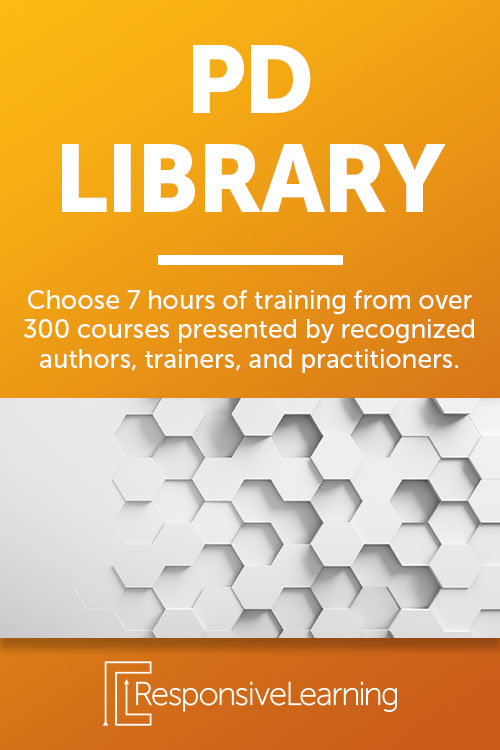Creative thinking is the most important skill needed in the workforce, according to the World Economic Forum. Students who develop a culturally creative mindset are more engaged, creative, and productive at work. So how can educators set students up for success in their future careers? Intercultural creativity provides the inspiration teachers and students need to fulfill their creative potential while achieving their unique educational goals.
What is Intercultural Creativity?
Intercultural creativity is the combination of cultural competence and creative thinking. Cultural competence requires increased self-awareness, other-awareness, and situational awareness. Creative thinking, Genein explains, “is the process of problem-finding and problem-solving with relevance, value, and novelty.”
Genein Letford is a national voice on creative thinking and promoting a “child-like” imagination. Her engaging stories and stage presence make it a joy to learn about such an intriguing new concept. She helps to inspire and build the foundational creative skills needed to produce innovative ideas for an unknown future.
Genein’s course, Intercultural Creativity for Classrooms and Beyond, illustrates the importance of teaching these invaluable skills to your students and creating an environment where they are motivated to learn. As Genein says, “motivation is connected to emotion.” She dives deep into the inner workings of intercultural creativity and how it brings value to the lives of students and teachers alike.
Intercultural Creativity Components
Genein refers to these essential skills as the “7 Gems of Intercultural Creativity.” The first gem is the Creative Growth Mindset. Rather than a fixed mindset, creative thinking relies on divergent thinking, reframing, combinatory thinking, unusual associations, and metaphorical thinking. Creative growth is making a choice and knowing you can improve while taking the necessary actions to achieve your goals.
The Empathetic Way is the second gem. It requires building genuine connections and trusted relationships with students. Genein observes how “Emotion leads, content follows.” She then asks, “What’s leading in your schools?”
The third gem is Cultural Observation. Two people can observe the same event and have completely different impressions based on their background and cultural beliefs. Genein points out, “exposure affects observation.” Cultural Curiosity is the fourth gem. Genein explains how curiosity is vital in leadership. “If creativity drives innovation, curiosity drives creativity.”

Creating Connections
Perspective Shifting is the fifth gem. Once you learn how to develop this skill, you’ll be able to grow in empathy and connection with others. It’s easier to find solutions when you’re able to adapt and look at a situation from several different perspectives.
Authentic Adaptation comes next. This involves knowing how to relate to various individuals and situations, the epitome of Intercultural Creativity. Lastly, the seventh gem is Creating Across Cultures. Genein refers to this as “being a bridge” to share resources, connections, and innovation. When you’re mindful of making connections with your students, you can effectively communicate to other educators, principals, and superintendents about how to help our future generations continue to succeed and thrive.
Interested in learning more about how you can foster Intercultural Creativity in your students? Explore the course demo on Intercultural Creativity for Classrooms and Beyond today!

